-
 © John Bradshaw/Classic & Sports Car
© John Bradshaw/Classic & Sports Car -
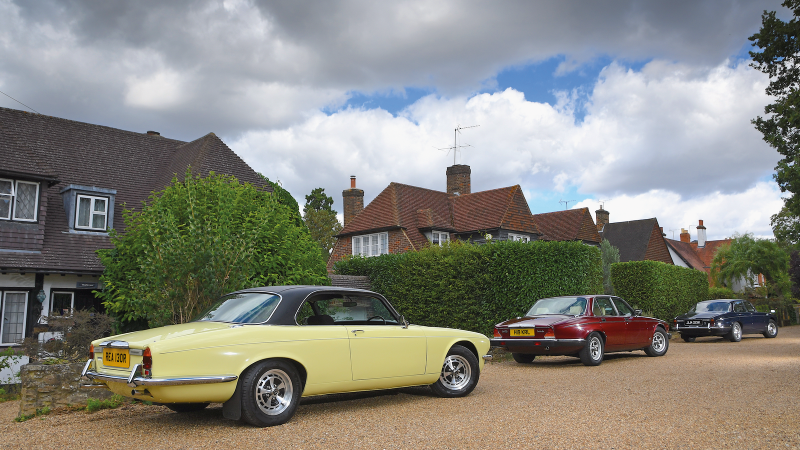 © John Bradshaw/Classic & Sports Car
© John Bradshaw/Classic & Sports Car -
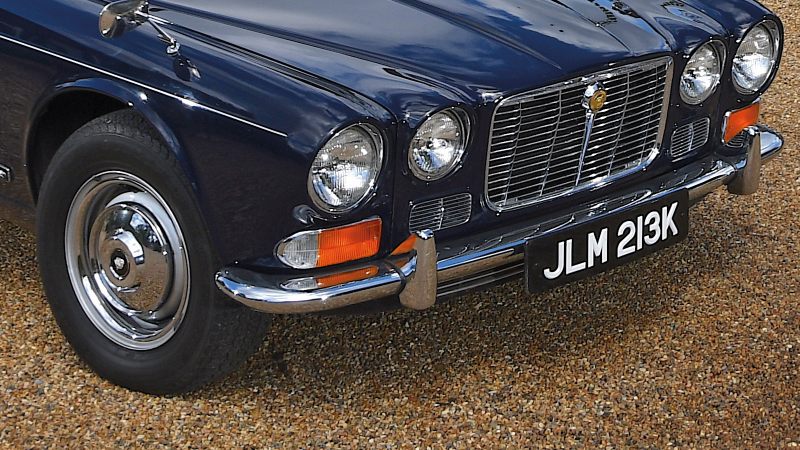 © John Bradshaw/Classic & Sports Car
© John Bradshaw/Classic & Sports Car -
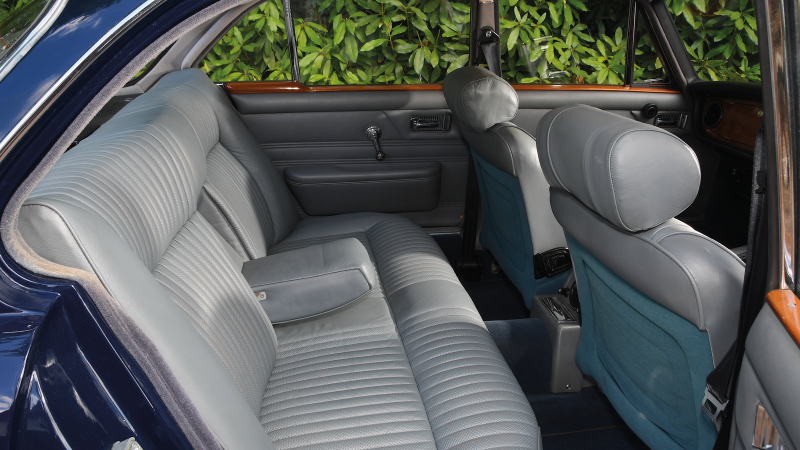 © John Bradshaw/Classic & Sports Car
© John Bradshaw/Classic & Sports Car -
 © John Bradshaw/Classic & Sports Car
© John Bradshaw/Classic & Sports Car -
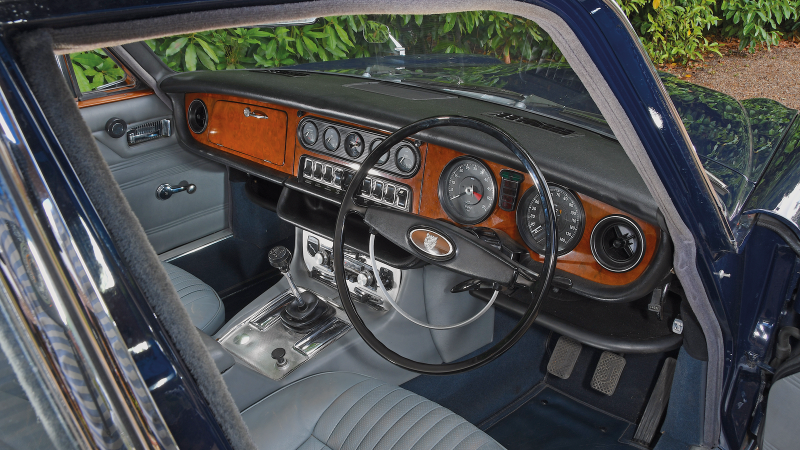 © John Bradshaw/Classic & Sports Car
© John Bradshaw/Classic & Sports Car -
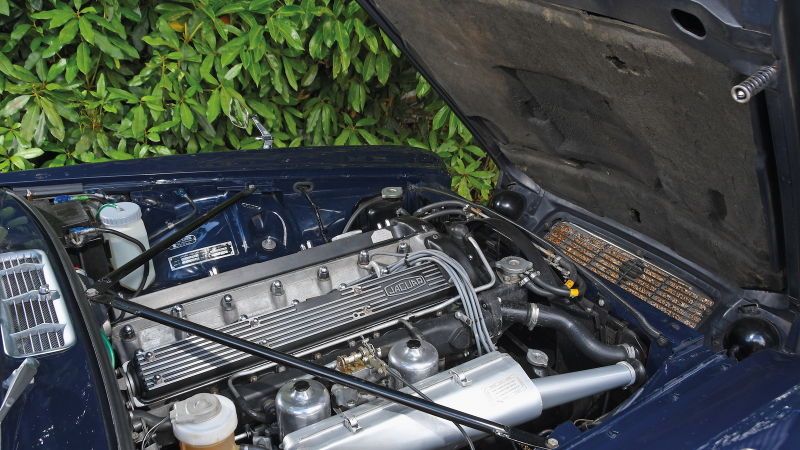 © John Bradshaw/Classic & Sports Car
© John Bradshaw/Classic & Sports Car -
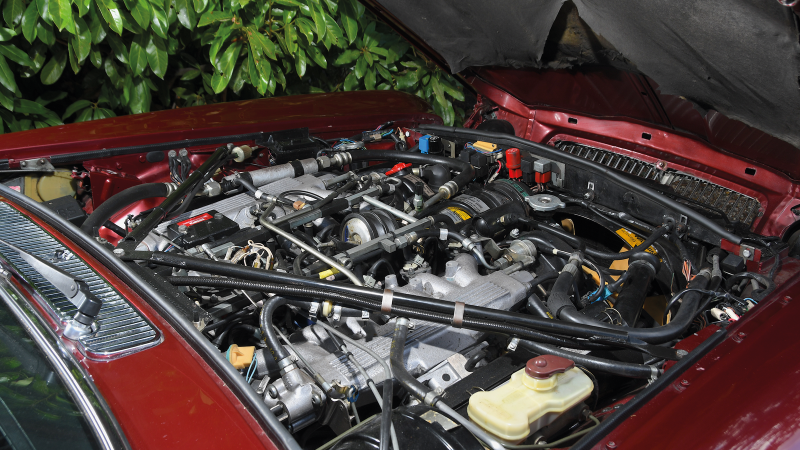 © John Bradshaw/Classic & Sports Car
© John Bradshaw/Classic & Sports Car -
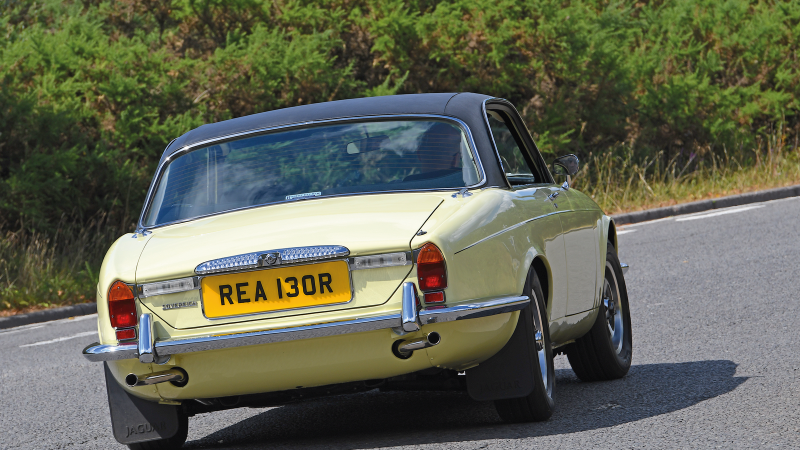 © John Bradshaw/Classic & Sports Car
© John Bradshaw/Classic & Sports Car -
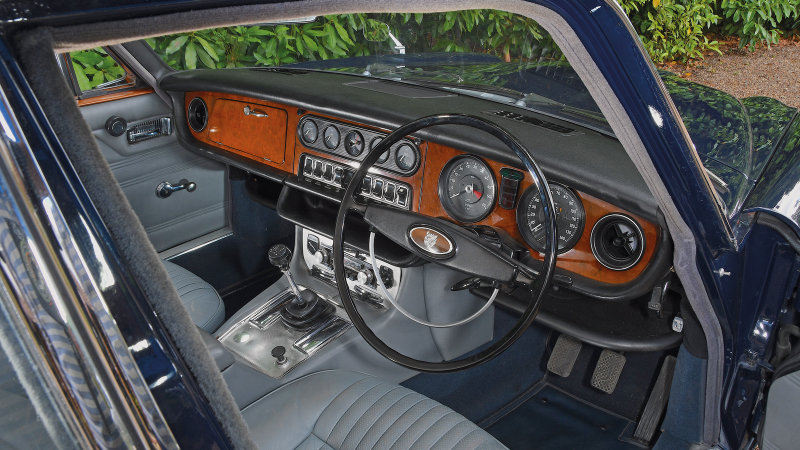 © John Bradshaw/Classic & Sports Car
© John Bradshaw/Classic & Sports Car -
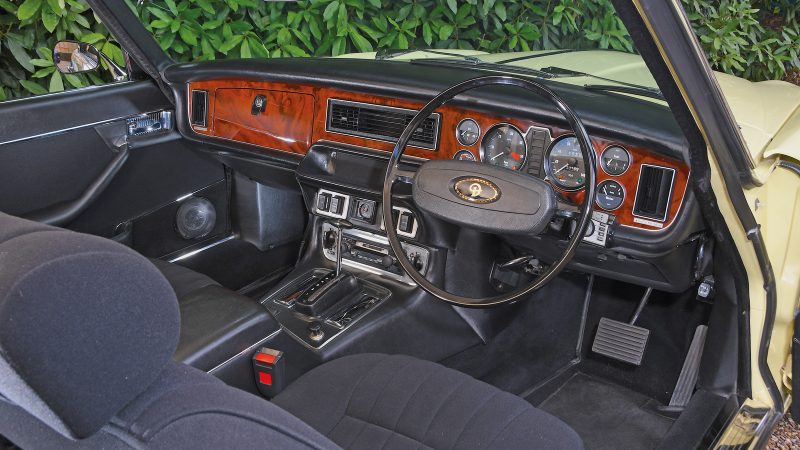 © John Bradshaw/Classic & Sports Car
© John Bradshaw/Classic & Sports Car -
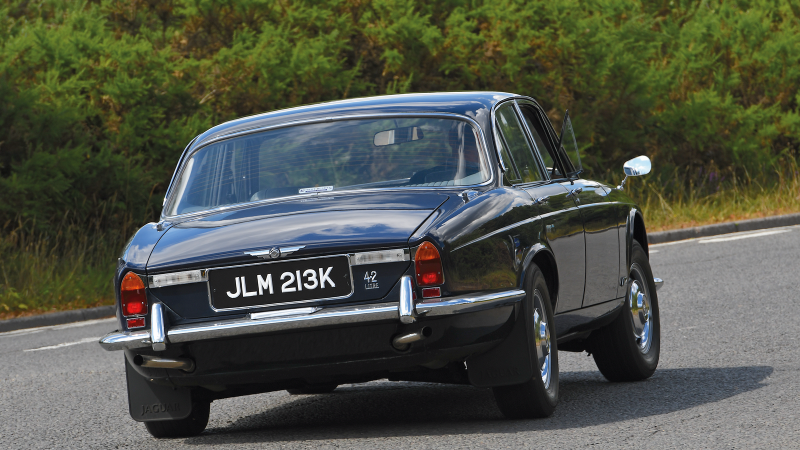 © John Bradshaw/Classic & Sports Car
© John Bradshaw/Classic & Sports Car -
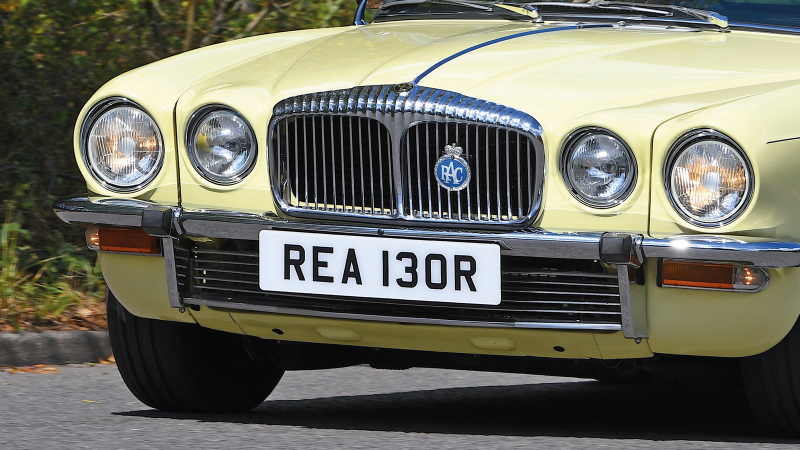 © John Bradshaw/Classic & Sports Car
© John Bradshaw/Classic & Sports Car -
 © John Bradshaw/Classic & Sports Car
© John Bradshaw/Classic & Sports Car -
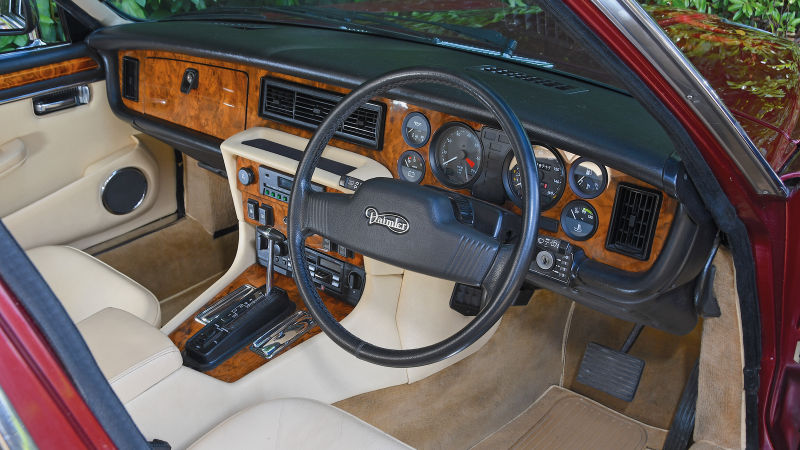 © John Bradshaw/Classic & Sports Car
© John Bradshaw/Classic & Sports Car -
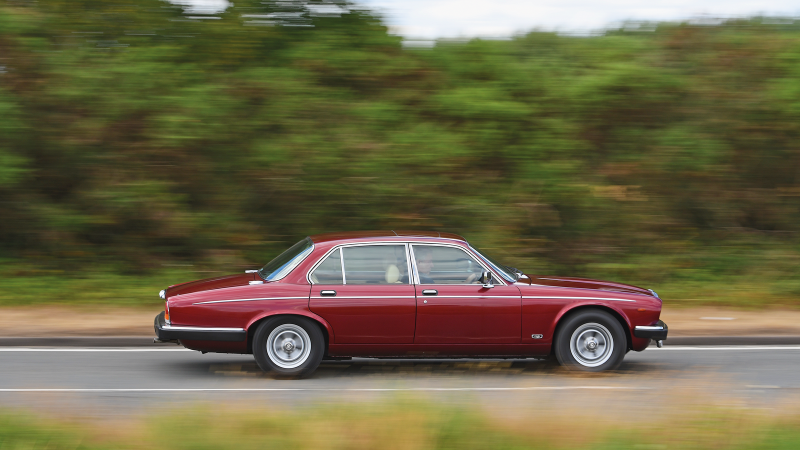 © John Bradshaw/Classic & Sports Car
© John Bradshaw/Classic & Sports Car -
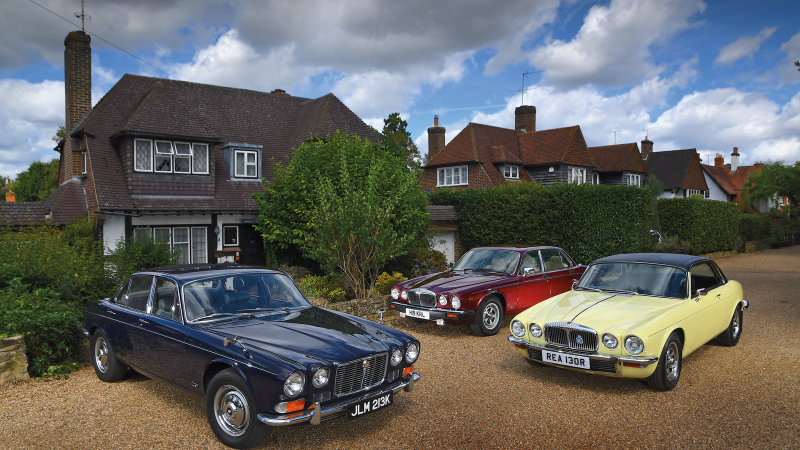 © John Bradshaw/Classic & Sports Car
© John Bradshaw/Classic & Sports Car -
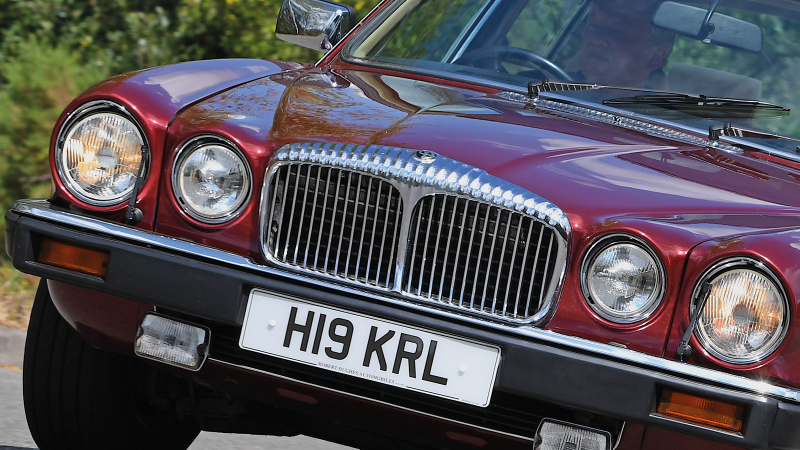 © John Bradshaw/Classic & Sports Car
© John Bradshaw/Classic & Sports Car
-
Driving the unparalleled XJ series 50 years on
More than 50 years on from its launch in 1968, the Jaguar XJ6 remains the greatest British saloon car ever.
Fast, silent and refined beyond its price tag, it offered a modern interpretation of cruising elegance that could have floored the opposition even without the advanced engineering underneath.
It’s the perfect British saloon, better than anything in its era and a finer figure than almost any executive car on the road today. Don’t believe us? You will after you’ve driven one.
-
Low-slung sports saloon
With its existing saloons looking old and sales tailing off at the turn of the ’60s, Jaguar needed to create something special.
What it came up with was the XJ: essentially a four-door, four-seat E-type – a low-slung sports saloon that would take the fight to the European cars of the ’70s and recapture American interest.
-
Capable, comfortable and quiet
Learning from the models that came before it, Jaguar designed the XJ to be a capable cruiser, comfortable and completely quiet.
Fitted with revised suspension, low-profile tyres developed specially by Dunlop and advanced damping, the cabin of an XJ proved to be an eerily peaceful place. Even 20 years later the opposition was struggling to match its low noise levels.
-
Refined package
Jaguar also went to great lengths to deliver a refined experience inside the cabin.
The new body was basically built around a sophisticated heating system to keep passengers in climate-controlled comfort, while the front seats were semi-bucket numbers – which was important in a saloon car that could corner like an E-type.
-
Instant success
By the end of 1970, the XJ6 had outsold and replaced the compacts in Jaguar’s range, spawned a badge-engineered sister car – the Daimler Sovereign – and become wildly popular. And for good reason.
Here was a car that could go and go, offering complete comfort with no road noise and plenty of power.
-
Unbeatable bang for buck
In fact, it proved so popular that Jaguar couldn’t build the XJ6 fast enough: waiting lists were so long that examples started to appear on the black market.
Press reports singing the praises of the XJ only increased desire for a car that was widely considered to be the best saloon in the world at any price – let alone the trifling £2365 Jaguar asked for an overdrive-equipped 4.2-litre variant.
-
Old, but still got it
Jaguar sold the XJ6 with two engine options: 2.8-litre or 4.2-litre. Both were based on the 20-year-old straight-six XK motor – and, despite its age, it was almost universally praised for its smoothness and excellent torque.
Naturally, most buyers went for the bigger size – because why wouldn’t you?
-
Did we need the dozen?
Jaguar, though, wanted more. The body shell had been designed to take a V12 engine and the British marque had every intention of delivering it – which led to the XJ12.
When it appeared in 1972, though, it seemed like overkill. Nobody needed a saloon more silent than the XJ6. But Jaguar built it anyway: the option to eclipse the V8s of Mercedes, Rolls-Royce and the Americans with the world’s only mass-produced V12 engine was too appealing to resist.
-
Right at home
Built across three series, revisit any XJ today and you’ll be surprised by how low-slung they are, particularly in a world where everyone wants to sit high in SUVs.
Enter one and you slide down to assume a driving position that is close to perfect, the superb vision and the sense of isolation relaxing you immediately. It feels like coming home.
-
Instant Sixties
Sit in a Series I machine – built between 1968 and ’73 – and you’ll be transported straight back to the era.
There’s a functional appeal to the no-nonsense dash with its rocker switches, minor gauges and its cool, slim-rimmed steering wheel.
-
Rational refinement
The Series II machine of the 1970s came with a few changes inside: the dash carries chunky push-buttons, stalk-controlled wipers and improved heating.
It’s more rational, but a little less pleasing – though still an exercise in refinement.
-
Sports car pace, executive calm
On the move, manual cars really feel like relatives of the fabled E-type, while the automatic models are more suavely executive, leaving you little to do but point them in the right direction and enjoy the remarkable lack of hush as you rush to your destination.
Which might explain why the latter vastly outsold the former.
-
Guiding the glide
Any early XJ will purr through traffic like a limousine when required, but also offer thrust when necessary – particularly in manual guise.
Sure, there’s a slight mismatch of heavy clutch and over-light power steering, but it doesn’t take long to get the hang of guiding the saloon with your fingertips.
-
Improved by the Italians
Come 1979, the Series III arrived with a crisp shell tweaked by Pininfarina – and it was unbelievably smooth to drive. In fact, the V12 variant remains the silkiest car imaginable on the road.
-
Effortless performance
From within the cocoon-like cabin, cooled by deliciously efficient air-conditioning, the V12 feels more like an electric motor – the car covering ground with an ethereal rush of energy that perfectly complements its superb chassis refinement.
-
Unrivalled combination
Though they were phased out at the start of the ’90s – too heavy and expensive compared to the new, nimble but not as attractive XJ40 – the original XJ machines were a masterful fusion of tradition and modernity that no subsequent Jaguar saloon has ever recaptured.
-
Ubiquitous but the best
If anything, we took them too much for granted: they were such a common sight on British roads in the ’70s and ’80s that we tended to forget just how good they were – and still are.
In fact, they’re almost better now at 50 years old than they were in period, possessing a lithe, compact form that cuts a dash compared to the obesity of contemporary saloons.
-
World-beating bargain
It’s also the perfect British compromise: a skilful blend of earlier, well-proven concepts and components, massaged and refined into a beautiful new shape.
It’s never been bettered – yet you can buy a decent one from as little as £3000 today. Fetch your wallet.
